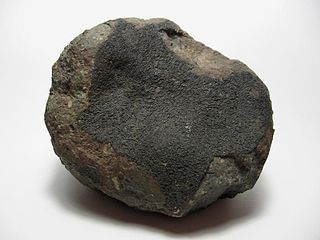
A team that brought together researchers from the Lawrence Livermore National Laboratory and Arizona State University studied the isotopes contained in a meteorite called “Allende” (fragment photo ©H.Raab) that suggest that it came directly from a supernova rather than a debris field that followed.
The solar system was formed about four and a half billion years ago but it’s not yet clear how. According to most scientists, one or more stars have exploded creating the heavy elements present today. According to one theory, there are three processes that led to the creation of elements heavier than nickel.
The Allende meteorite is a carbonaceous chondrite that fell to Earth in 1969 cracking in a huge amount of fragments that fell over a wide area. It was the subject of many studies because it could date back to the period of the birth of the solar system and this new research seems to confirm it. It contains the so-called CAIs (calcium-aluminum-rich inclusions), that could be the remains of a supernova.
The isotopes found in the Allende meteorite conform to the R-process, one of the three that perhaps led to the creation of heavy elements. The R-process (Rapid) in particular is identified as the one responsible for the creation of neutron-rich elements heavier than iron. An important established fact is that the isotopes contained in this meteorite are different from those on the Earth, the Moon and in other meteorites.
The researchers who carried out these exams explain this difference in the isotopic composition suggesting that the core of the Allende meteorite was formed directly by the explosion of an ancient supernova. Instead, the shell of the meteorite was probably created by the aggregation around its nucleus of debris after the explosion.
This research may help us better understand the geology and planetary chemistry but there are still doubts about the birth of the solar system. It remains to be determined whether it took place thanks to one or more supernovae. Today we have a few more elements to go ahead with the research.
[ad name=”eBayUSUKAstronomy”]


Permalink